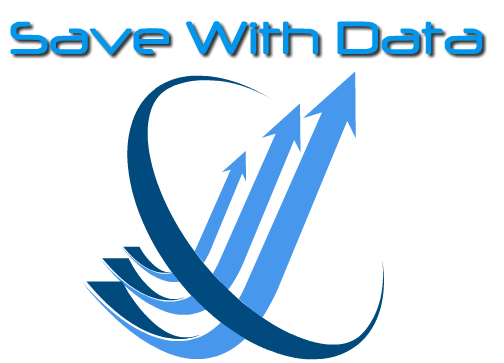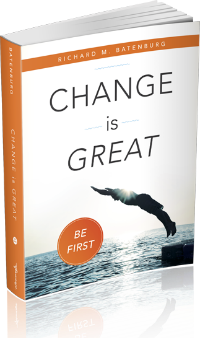Since Robert Kaplan and David Norton popularized the “balanced scorecard” approach to managing business performance in 1996, senior executives have eagerly embraced its prescription for measurable objectives and key performance indicators as the answer to all business problems. At the top of the pyramid, enlightened corporate leaders understand the need for strategic direction and solid KPIs that demonstrate progress toward strategic goals,
facilitated by comprehensive business intelligence. But too often, the connection isn’t made between “big picture” strategy and the activities of front-line employees further down the pyramid.
Today, corporate leaders live by robust sets of metrics that track their contributions to profitability, customer satisfaction, and employee retention. Their employees likewise focus on their individual numbers for sales, customer response time, and professional development. Unfortunately, because they may not really understand the relationship between their daily performance and their company’s strategic direction, much can get lost in translation. Widely disseminated business intelligence can be the missing link.
Strategy vs. Metrics
In a cable company call center, for example, customer care agents pay close attention to statistics like time spent with each customer and the abandon rate for incoming calls. These metrics are factors in a company-wide strategic pursuit of happier, more loyal customers. But without business intelligence that illustrates the relationship between customer loyalty strategy and call center metrics, progress can stall. Even the most conscientious employee may rush a customer call to meet a time target, ultimately damaging the relationship that is the core of business success. Business intelligence helps all employees see both the forest and the trees.
Your Business Intelligence Advisor/Knowledge Broker
For many companies, the most effective way to bridge the divide between the top and bottom of the organization chart is with assistance from an independent business intelligence advisor skilled in communicating with people at all professional levels. An objective consultant can bring a fresh set of eyes to longstanding issues, acting as a knowledge broker between the executive suite and employees in the field. The resulting business intelligence tools will give everybody the information they need to improve. Look for an advisor who understands business performance and the technical tools available to resolve issues, and who is experienced in breaking down organizational barriers of culture, resources and education.
Share the Wealth: Business Intelligence for All
Limiting your view of business intelligence to performance measurement will limit its impact. Executives are often nervous about distributing corporate-level data such as risk management and financial reports too broadly. While there may be legitimate reasons for such concerns, they should be weighed against the value of building the most well-informed workforce possible. An organization’s leaders know what happened and when, but the people with first-hand knowledge of why it happened are usually in field offices. Making your organization’s business intelligence widely available at all levels lets the C-suite learn from the field and vice versa. Isolating information limits your company’s ability to get smarter.
To learn more about business intelligence software, please visit www.cliintel.com or e-mail askcliintel@cliintel.com.








Recent Comments